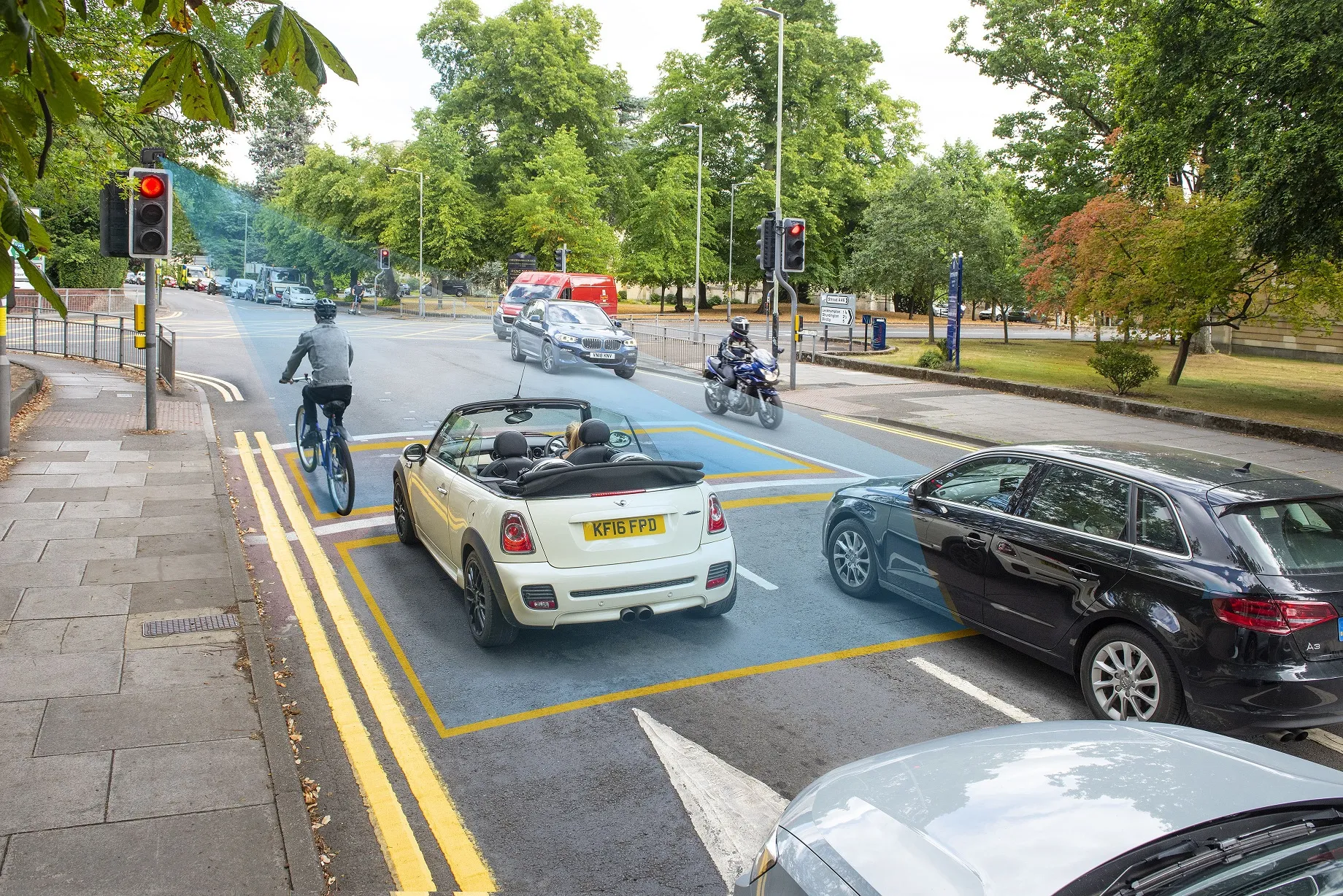
It has become abundantly clear that AI is set to play a role in every part of modern life – with transport technology being no exception.
That’s why AGD Systems, which has been manufacturing ITS solutions in the UK for 32 years, set about designing a detector which incorporated AI technology – allowing for more enhanced data streams going forward, once the receiving systems on the market have advanced to the same level. An extensive research and development phase brought about the creation of the AGD650, a dual zone, stop-line detector which is now in full production having been trialled successfully by local authorities across England, Scotland and Wales.

Currently a number of sites are in place, specifically focusing on dedicated detection of buses for bus priority schemes. Complementing the 650’s AI capabilities are its high-grade optics and deep-learning image recognition which detects both stationary and moving targets, two independent user-adjustable detection zones and simple installation using WiFi AGD Touch-setup.
Given all this, it’s clear AGD have not only created a solution which is forward-thinking for 2023, but more importantly one which will continue to evolve and increase in capability going forward, keeping it at the forefront of advancements in ITS technology. It’s already generating significant interest at industry events such as Traffex, having been given the green light by the local authorities involved in the trials ahead of the full production roll out.
One such authority was Cardiff Council, which installed an AGD650 at a site where a cycle lane intersected vehicle traffic – having had issues with existing technology which wasn’t effectively detecting waiting cyclists, and had no function to cancel demand if a cyclist moved away from the crossing before the green light triggered.
Contact from cyclists who felt they weren’t being detected by the previous solution greatly reduced once the 650 was in place, and council representatives said they had been extremely happy with AGD’s communication, installation and proactiveness.
For more information about the AGD650, visit www.agd-systems.com or call AGD on 01452 854212.
Content produced in association with AGD Systems











